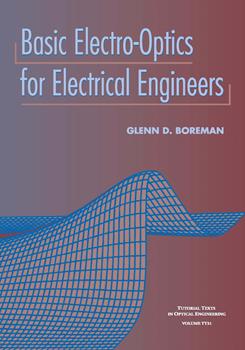|
Heated solid bodies emit radiation that is particularly concentrated in the infrared region of the spectrum, roughly from 1 to 10 μm in wavelength. Such heated solid bodies emit their radiation in a continuum of wavelengths, rather than at a collection of discrete spectral lines characteristic of gaseous emission. To describe the radiation characteristic of a source which emits a finite total power over a range of wavelengths, we must introduce spectral quantities. Spectral quantities have units of microns in the denominator, and are denoted with a subscript λ to distinguish them from the corresponding integrated quantities. For example, spectral radiance Lλ has units of W/(cm2 sr μm), and is the radiance per micron of wavelength interval. For a measurement over a 1-μm spectral bandpass, the integrated radiance (also called the in-band radiance) numerically equals the spectral radiance. For spectral bandpasses larger or smaller than 1 μm, the integrated radiance scales with Δλ = λ1 - λ2, as seen in Eqs. (4.1) and (4.2). The integration is usually carried out numerically, using the trapezoidal approximation seen in Fig. 4.1. This process can be made as accurate as desired, by choice of the interval size Δλ. As seen in Fig. 4.2, to maintain accuracy for a wider passband, individual intervals are summed together. It is necessary to choose interval locations properly if the desired passband includes a peak of the radiation curve. |
|
|


